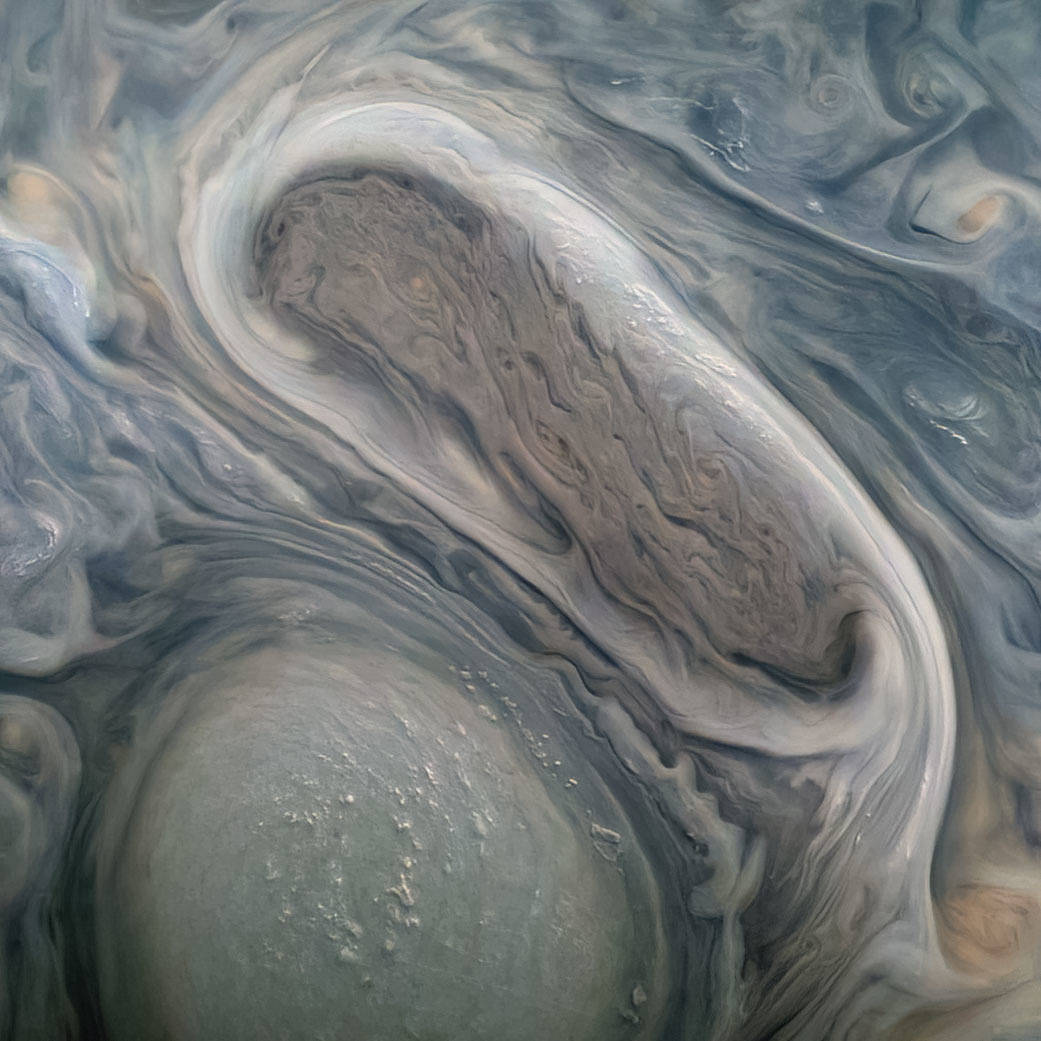This planet was formed just a million years after the birth of the solar system: Jupiter, a gas giant, is the first-born of all the planets in our galaxy. How was it discovered? Thanks to meteorites! Caught in the giant's gravitational zone. The largest planet in the solar system, it is also the oldest. Because the solid core which forms the 'backbone' of the gas giant was formed just a million years after the birth of the nebula that later became our galaxy.
An important discovery has been made by researchers from the University of Münster, who, under the direction of Dr Thomas Krueijer, published their findings in the journal Proceedings of the National Academy of Science of the United States of America.

Jupiter the Gas Giant and its age.
To determine the age, astronomers used a clever strategy: as it was not possible to take samples directly from the gas giant, scientists focused on meteorites that roam the galaxy. These meteorites, based on their constituent elements, can be divided into two different groups, which therefore implies two different 'matrices' from which different rock clusters have evolved.
However, both groups arose in the same period, at that primordial stage in the development of the galaxy, when the elements, as a result of the transformations taking place, had to mix with each other.
After a long study, the answer was clear: something very large must have separated the two groups of meteorites. And that something was Jupiter!
When a cluster of cosmic particles formed the solid core of a planet, a mass of matter arose that in a million years reached a mass 20 times the mass of the Earth. This new 'galactic' colossus stood between the two groups of meteorites and, thanks to the enormous gravitational force created on the surrounding elements, completely isolated them, thus preventing them from mixing.
This was not the only effect: the birth of such a "bulky" planet was probably also the reason preventing the formation of other solid planets similar to our Earth (but much larger), which are widespread in other galaxies.

Jupiter's satellites
Our hero of the day is also known for having a huge number of satellites, some even larger than our Moon. The best-known satellites of the oldest planet are IO and Europa. On Europa it is assumed that there are oceans of salty water, but chained by ice, some 30 kilometres thick. However according to the latest data water from time to time breaks through to the surface, leaving magnesium sulphate, as in the Earth's salt marshes, and nearby there are fractures, cracks. It is likely that the water pours out of the cracks to the surface, and then evaporates, leaving salt behind. It is also known that Europa has its own magnetic field.
Among the twelve new moons of the gas giant recently discovered, there is one that has caught the attention of scientists because of its orbit... it revolves around its planet counter-clockwise!
Yes, yes Jupiter has a rogue moon that goes in the opposite direction from 78 of its other 'sisters'!
The news comes from the International Astronomical Union (IAU), which announced the existence of two new moons, which, together with the 10 discovered last March, raises the number of satellites of the gas giant to 79.
The author of the discovery was Carnegie Institution of Science astronomer Scott Sheppard, who wasn't actually even looking for new celestial bodies around Jupiter!
Sheppard was actually on the hunt for the mysterious Ninth Planet, a celestial body that science has hypothesised about but which has yet to be observed at the edge of the solar system when Jupiter entered the part of the sky that the astronomer scanned in spring 2017.
The scientist, who was thoroughly fascinated by the subject and had already made observations of Jupiter's moons in the past, therefore took the opportunity to 'look into' this area and thus carry out two parallel studies. So the telescope used by Sheppard, the 4-metre Blanco (located in Chile), was set up to look for any new celestial bodies orbiting the planet, allowing 12 new moons to be mapped.
Among the new satellites, Sheppard and his team noticed a particularly small moon, renamed Valetudo, which immediately showed very unusual behaviour: its orbit was opposite that of all the others!
It's like driving in the wrong lane on the motorway," said Sheppard, who also explained that the size and trajectory of the "rebellious" moon could have been caused by the collision of three much larger celestial bodies.


 and then
and then 
